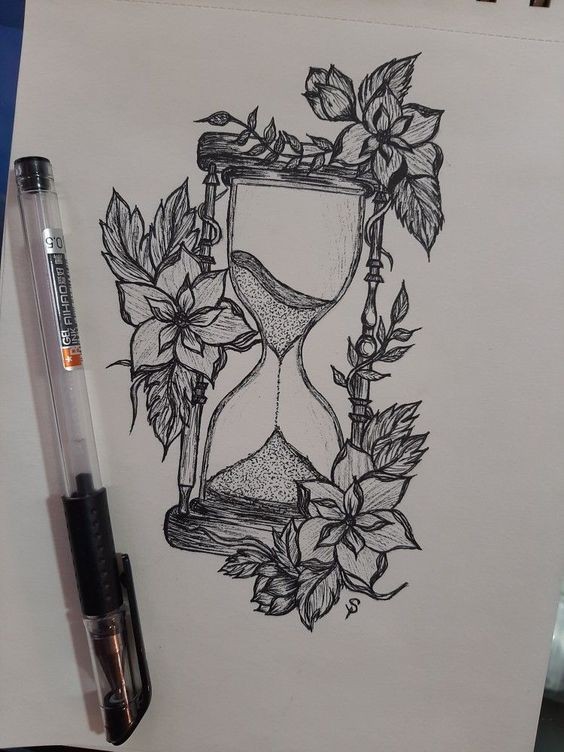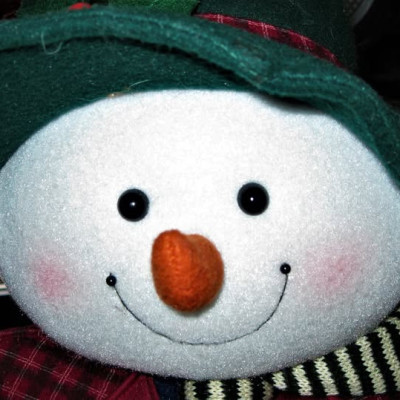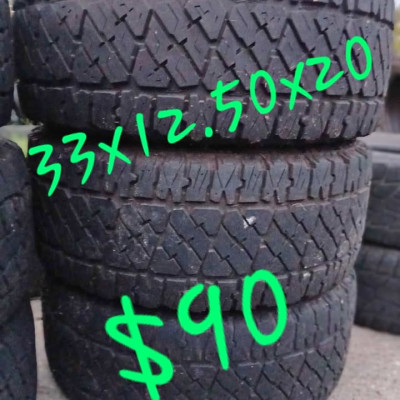I Create Realistic Pencil Art: A Journey into the World of Hyper-Realism
Introduction
Pencil art, an ancient yet ever-evolving form of artistic expression, holds a unique place in the realm of visual arts. From the early sketches of the Renaissance to contemporary hyper-realistic masterpieces, pencil art has continually captured the essence of human creativity and technical skill. This article delves into the intricate world of creating realistic pencil art, exploring techniques, tools, and the process behind crafting hyper-realistic pieces.
The Foundation: Understanding Pencil Art
Pencil art involves creating images using various grades of pencils on paper. Unlike other mediums, pencils offer a range of tonal values and textures, allowing artists to achieve extraordinary detail and depth. The primary tools include graphite pencils, blending stumps, erasers, and a range of papers tailored to different textures and weights.
The Art of Realism: Techniques and Tools
Choosing the Right Pencils:
Pencils come in different hardness levels, denoted by a scale ranging from H (hard) to B (black) and F (fine). Hard pencils (H) produce lighter, finer lines and are ideal for detailed work, while soft pencils ( offer darker, richer tones. For realistic pencil art, a combination of pencils from H to B is often used to achieve a full range of values.
Selecting the Paper:
The choice of paper plays a crucial role in the final outcome of a pencil drawing. High-quality, textured paper with a good tooth (surface texture) can hold graphite better and allow for more precise control over shading and detail. Popular choices include cold-pressed watercolor paper or specialized drawing paper with varying textures.
Sketching and Outlining:
The initial stage involves sketching the basic shapes and outlines of the subject. This step requires precision and a good understanding of proportions and perspectives. Artists often use light, soft pencils (like 4H or 2H) for this stage to avoid deep indentations on the paper.
Building Up Layers:
Realistic pencil art is achieved through layering. Artists build up tones gradually, starting with lighter shades and progressively adding darker values. This technique allows for smoother transitions and more accurate shading. Blending stumps or tortillons are used to smooth out graphite and create seamless gradients.
Detailing and Refining:
The detailing phase is where hyper-realism comes to life. Artists use fine pencils (such as 4B or 6 to add intricate details and textures, capturing the minutiae of the subject. This stage requires a steady hand and a keen eye for detail, as even the smallest adjustments can make a significant difference.
Final Touches:
The final touches involve refining highlights, adjusting contrasts, and ensuring that every detail contributes to the overall realism of the piece. Artists often use a kneaded eraser to lift graphite and create highlights, adding to the three-dimensionality of the artwork.
Challenges and Rewards
Creating realistic pencil art is both challenging and rewarding. The meticulous nature of hyper-realism demands patience, precision, and a deep understanding of light, shadow, and texture. However, the satisfaction of seeing a lifelike image emerge from a blank page makes the effort worthwhile. Each piece is a testament to the artist's skill and dedication, capturing the essence of their subject with unparalleled accuracy.
Conclusion
Realistic pencil art is a captivating form of artistic expression that blends technical skill with creative vision. Through careful selection of tools, techniques, and a deep understanding of the medium, artists create breathtakingly lifelike images that captivate and inspire. As you embark on your journey into realistic pencil art, remember that each stroke of the pencil is a step towards mastering this timeless and rewarding art form.






